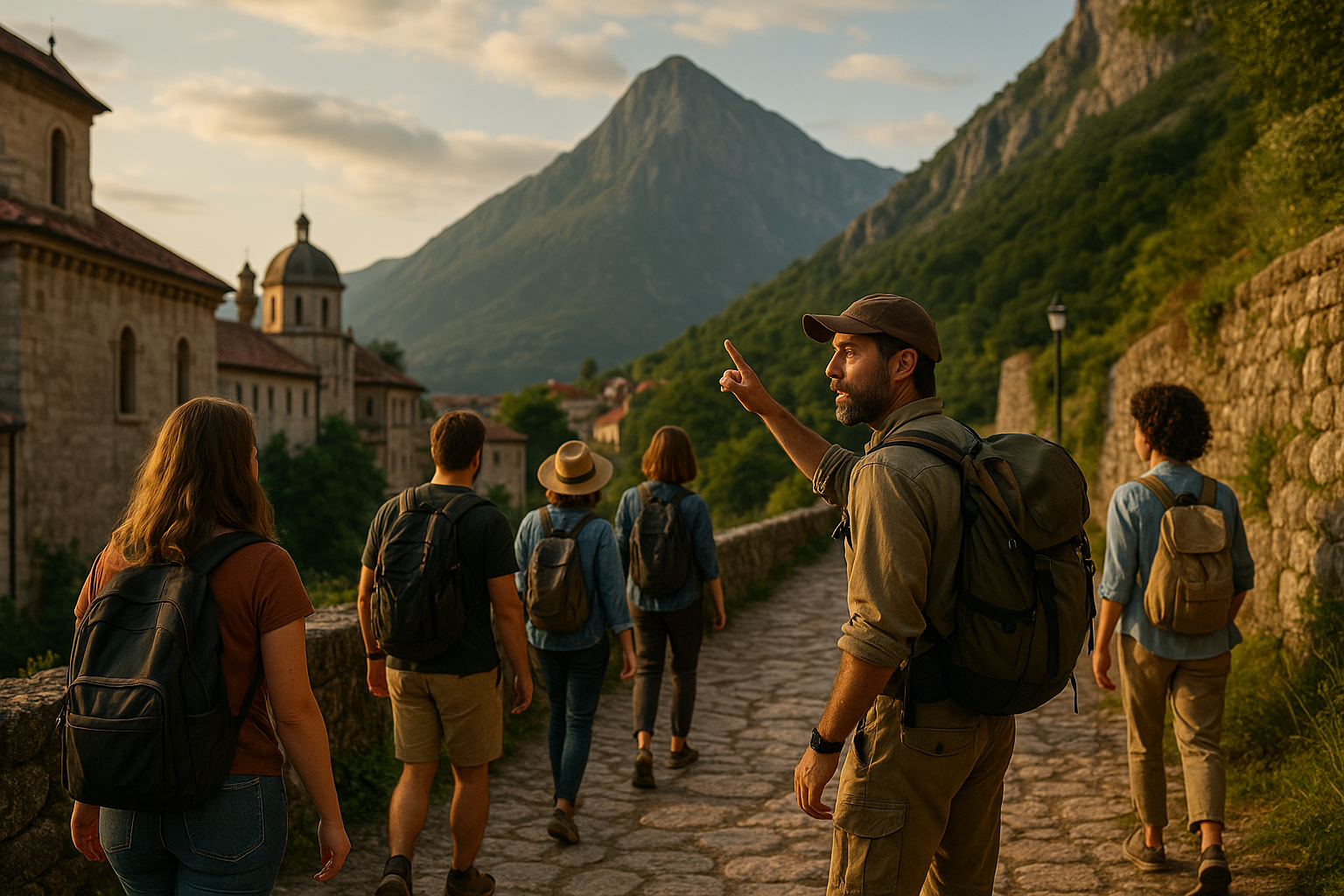The Resurgence of Walking Tours: A Step Back into Authentic Travel Experiences
Walking tours have been a staple in the travel scene for centuries, offering travelers an intimate and immersive experience of the local culture, history, and landscapes. While they may not be a new concept, their popularity has seen a significant resurgence in recent years. The renewed interest in walking tours is rooted in the desire for authentic, off-the-beaten-path experiences that transport travelers beyond the typical tourist traps.

A Walk Through History
Walking tours date back to the 18th century where they emerged as a popular form of travel among the European elite. The ‘Grand Tour,’ as it was known, was a rite of passage for upper-class young men, who traversed Europe on foot to gain firsthand knowledge of the arts, culture, and society. This tradition laid the foundation for the modern-day walking tours that have evolved to cater to a range of preferences and fitness levels, from leisurely city walks to challenging mountain hikes.
The Revival of Walking Tours
In recent years, there has been a shift in travel trends, with more travelers seeking immersive, meaningful, and sustainable travel experiences. This has led to a resurgence of walking tours as they offer a unique way to engage with the local community, understand the history, and appreciate the natural beauty of a place. Walking tours are not just about sightseeing; they are about storytelling, connecting, and experiencing a destination from a local’s perspective.
Advantages of Walking Tours
Walking tours offer numerous advantages for the discerning traveler. They provide an intimate understanding of the place, unhurried by the constraints of vehicle-based tours. Walking allows for spontaneous interactions with locals, unplanned detours to hidden gems, and an appreciation for the subtle details that make a place unique. Moreover, walking tours are environmentally friendly, contributing to sustainable tourism.
Challenges and Solutions
The primary challenge of walking tours is the physical demand, as they may not be suitable for everyone. However, tour operators have addressed this by offering a range of options from easy city tours to demanding treks. Additionally, the rise of ‘self-guided’ walking tours has allowed travelers to set their own pace and customize their route.
Impact on Travelers
Walking tours have a profound impact on travelers, offering a sense of accomplishment, immersion in local culture, and a deeper connection to the place. They encourage mindful travel, allowing one to appreciate the details often overlooked in the rush of traditional tourism.
Rediscovering the Joy of Walking
-
Walking tours offer an opportunity to slow down and truly immerse oneself in the local culture and environment.
-
They are an excellent way to promote sustainable travel, leaving minimal environmental impact.
-
They offer flexibility and can be customized according to one’s interests and fitness level.
-
Walking tours often lead to unexpected discoveries, enhancing the travel experience.
In summary, the resurgence of walking tours signals a shift towards more authentic, immersive, and sustainable travel experiences. They offer a unique perspective, turning every journey into a memorable story. As travel continues to evolve, walking tours remind us of the simple joy of discovery that lies in every step of our journeys.




